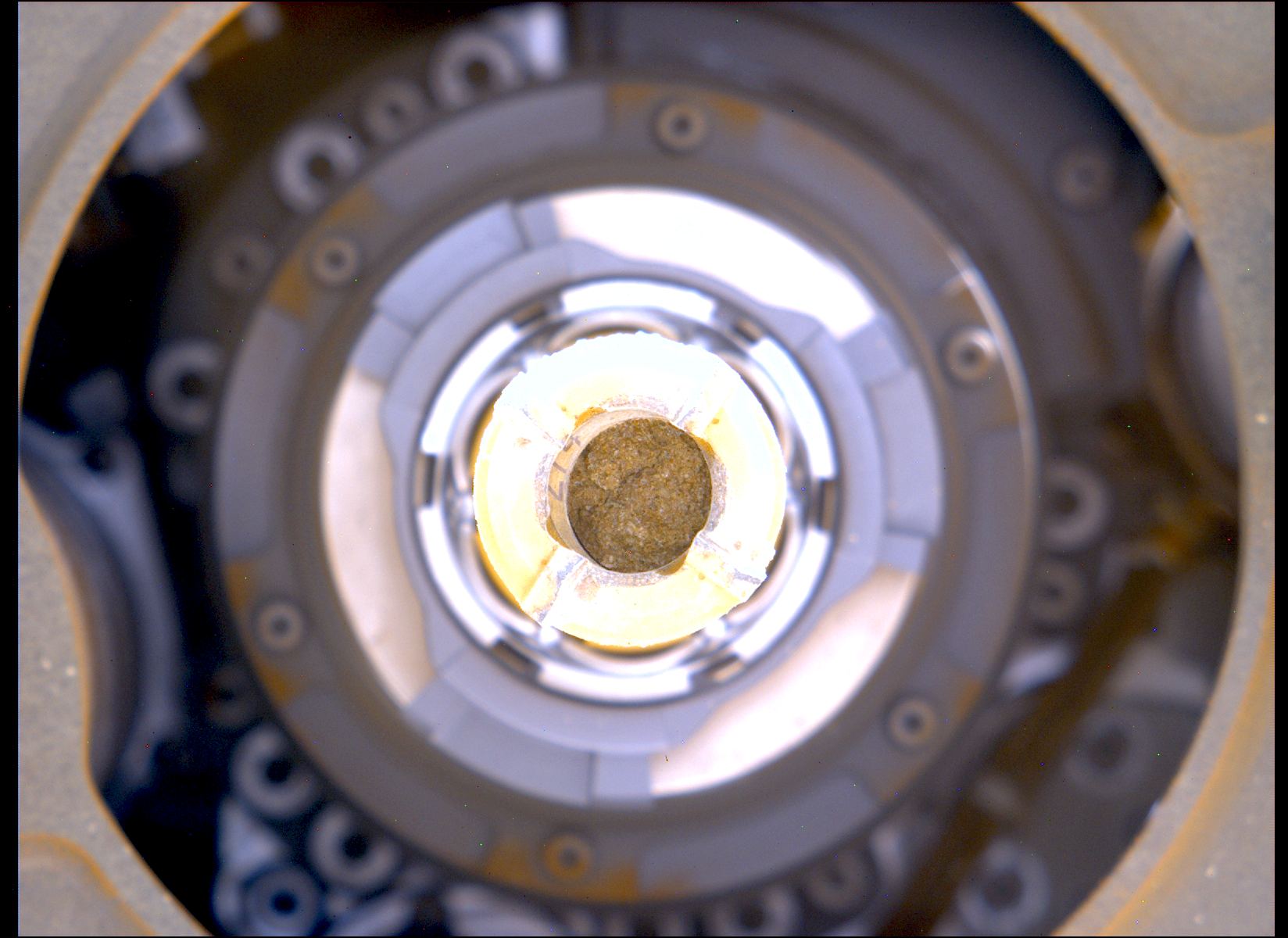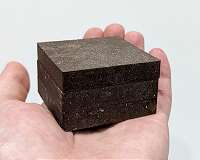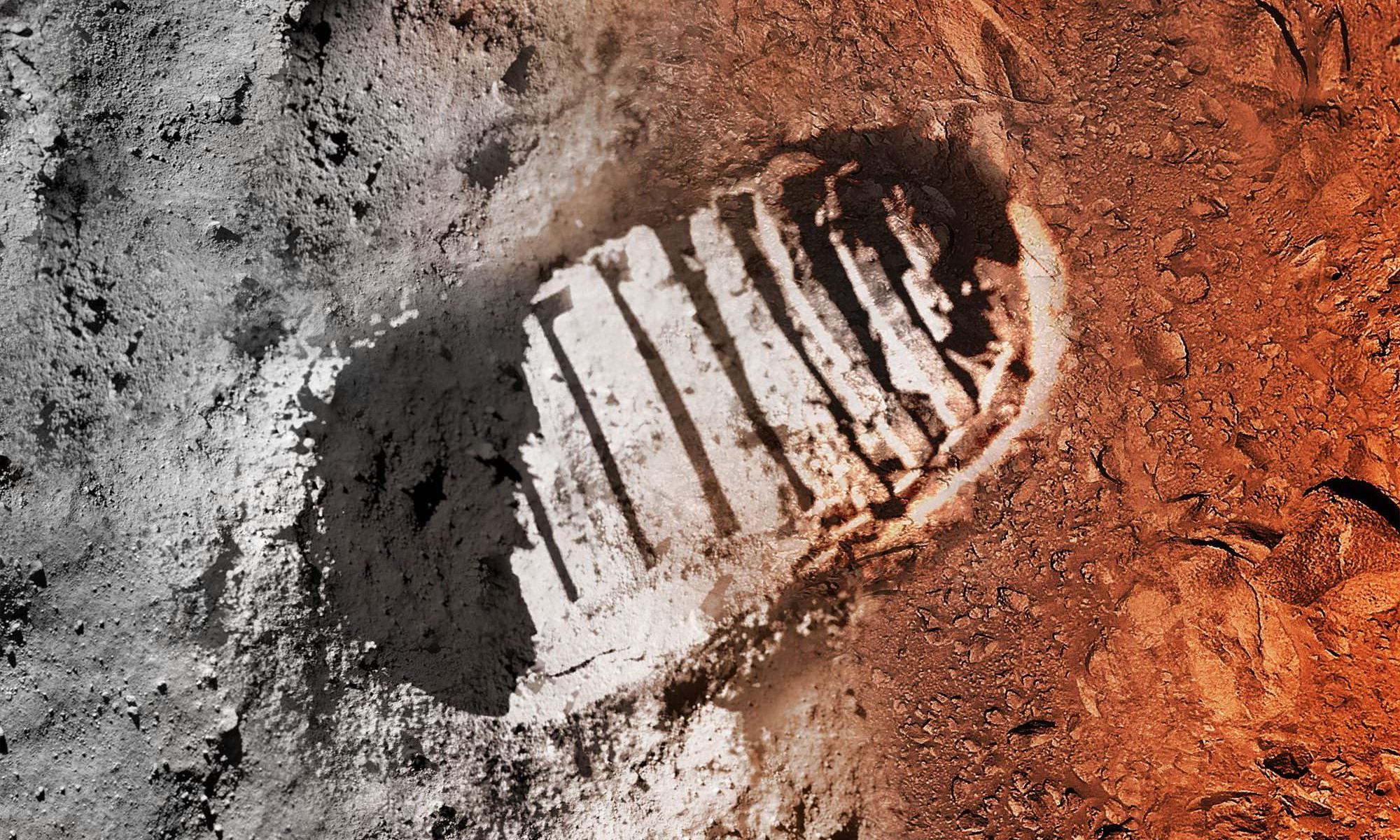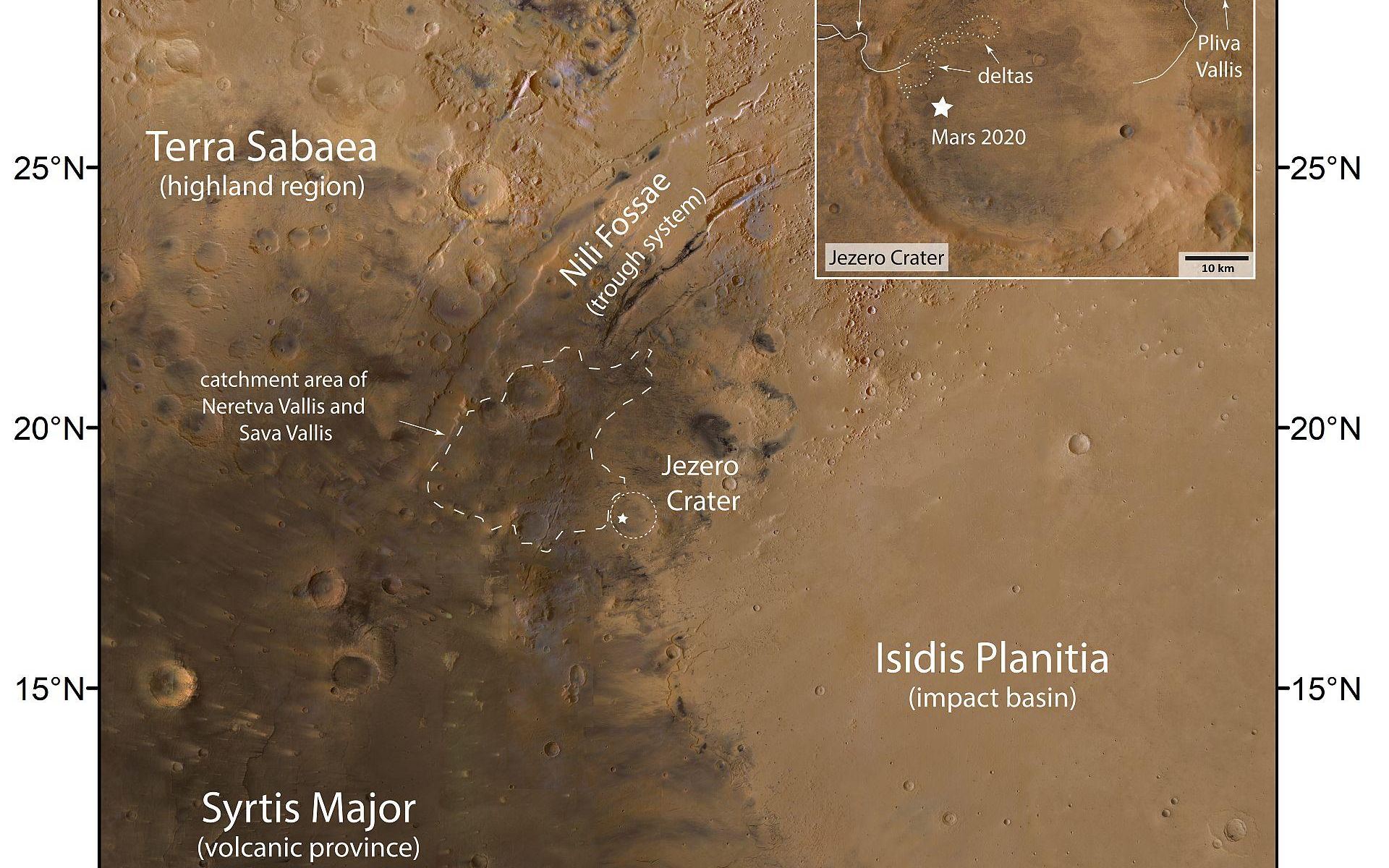In the coming decade, NASA and China plan to send the first crewed missions (astronauts and taikonauts) to Mars. Both agencies hope to begin sending missions by 2033, coinciding with a Mars Opposition, followed by additional missions in 2035, 2037, and after. These missions will culminate with the creation of a Mars surface habitat that will enable future missions and research. Launch opportunities for these missions are limited because the distances between Earth and Mars vary considerably over time, ranging from about 56 million km (~35 million mi) to more than 400 million km (250 million mi).
The times when Earth and Mars are at their closest (known as a Mars Opposition) only occur once every 26 months. Moreover, using conventional propulsion methods, it takes missions six to nine months to travel between Earth and Mars. As a result, round-trip missions to Mars could take up to three years, dramatically increasing radiation exposure for the crew and the time they spend in microgravity. According to a recent study from NASA’s Jet Propulsion Laboratory (JPL), 2033 will be a unique opportunity to send a crewed orbital mission to Mars that lasts just 1.6 years.
Continue reading “2033 is the Perfect Year to Send Humans to Mars (With a Bonus Venus Flyby)”










